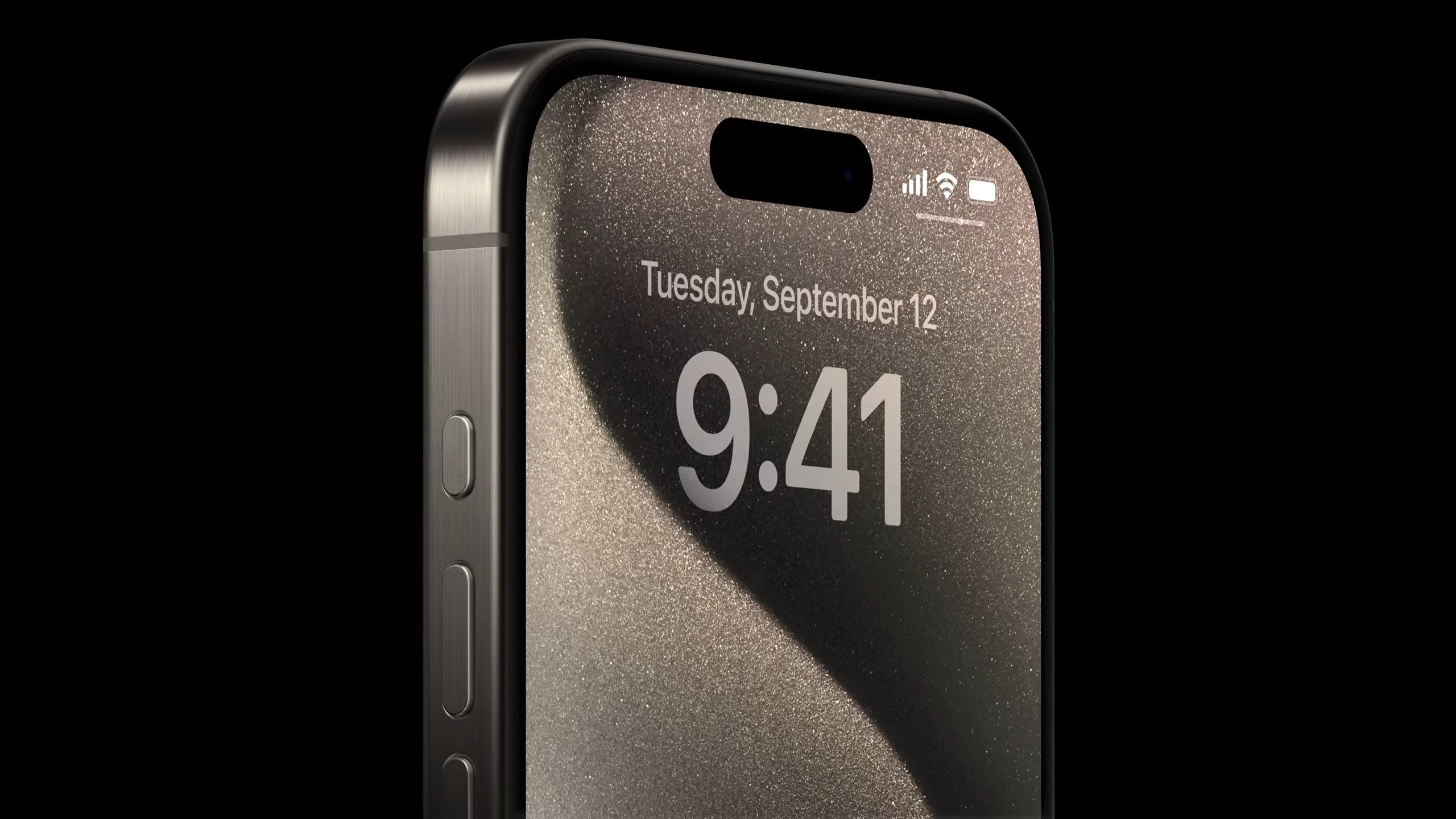The controversy surrounding the temporary withdrawal of the iPhone 12 from the market raises the question of the conformity of the brand’s latest device to Apple, the iPhone 15.
Caught by the patrol for an iPhone 12 measured beyond the user’s exposure limits to electromagnetic waves, can the giant Apple experience the same fate with another of its mobiles, and in particular the iPhone 15, which just been introduced? Here are some answers.
After the iPhone 12, what risks for other Apple phones?
Tuesday, September 12, the National Frequency Agency (ANFR) surprised the world and especially took care of its timing by announcing, on the sidelines of the presentation of the iPhone 15, that it had asked Apple to withdraw the iPhone 12 from the market as of of that same day or, failing that, to remedy the problem by carrying out a software update.
What the ANFR criticizes Apple is too high a “member” DAS (specific absorption rate). The agency measured it at 5.74 W/kg, when its maximum regulatory limit is set at 4 W/kg, according to European standards. Note that the “member” DAS concerns a smartphone that is attached to a member of the body, whether it is held in the hand or found in a pants pocket. Dozens of smartphones from other brands have already been pinned for this.
The iPhone 12 is however no longer really a problem for Apple, and there will be no recall, since it has been withdrawn from sale and should benefit, within 15 days, from an update software update. But what about the other iPhones, the most recent models, and obviously, the one that was just announced, the iPhone 15?
For the moment, RAS on the iPhone 15 side
For the moment, the ANFR is conducting tests on the iPhone 13, and the outcry caused by a decision that came too late for the iPhone 12 (nearly three years after its marketing) could precipitate the agency’s communication, which we remind you that the work is obviously not limited to only controlling the DAS of smartphones.
Concerning the iPhone 15 range, here is what Apple announces on its site, after carrying out its own tests:
- iPhone 15: “head” SAR at 0.98 W/kg | “Trunk” SAR at 0.98 W/kg | “Member” SAR at 2.98 W/kg;
- iPhone 15 Plus: “head” SAR at 0.98 W/kg | “Trunk” SAR at 0.98 W/kg | “Member” SAR at 2.98 W/kg;
- iPhone 15 Pro: “head” SAR at 0.98 W/kg | “Trunk” SAR at 0.98 W/kg | “Member” SAR at 2.99 W/kg;
- iPhone 15 Pro Max: “head” SAR at 0.98 W/kg | “Trunk” SAR at 0.98 W/kg | “Member” SAR at 2.98 W/kg.
The regulatory limits are set at 2 W/kg for the “head” and “trunk” SAR, and at 4 W/kg for the “limb” SAR. With one or two exceptions, the values are the same from one smartphone to another. So yes, at this stage, the iPhone 15s are well on track and meet current standards. It remains to be seen how much power the models will generate relative to each other in use. Again, only tests a posterioriand depending on updates and other configurations it will be possible to know the real SAR of these iPhones.

6